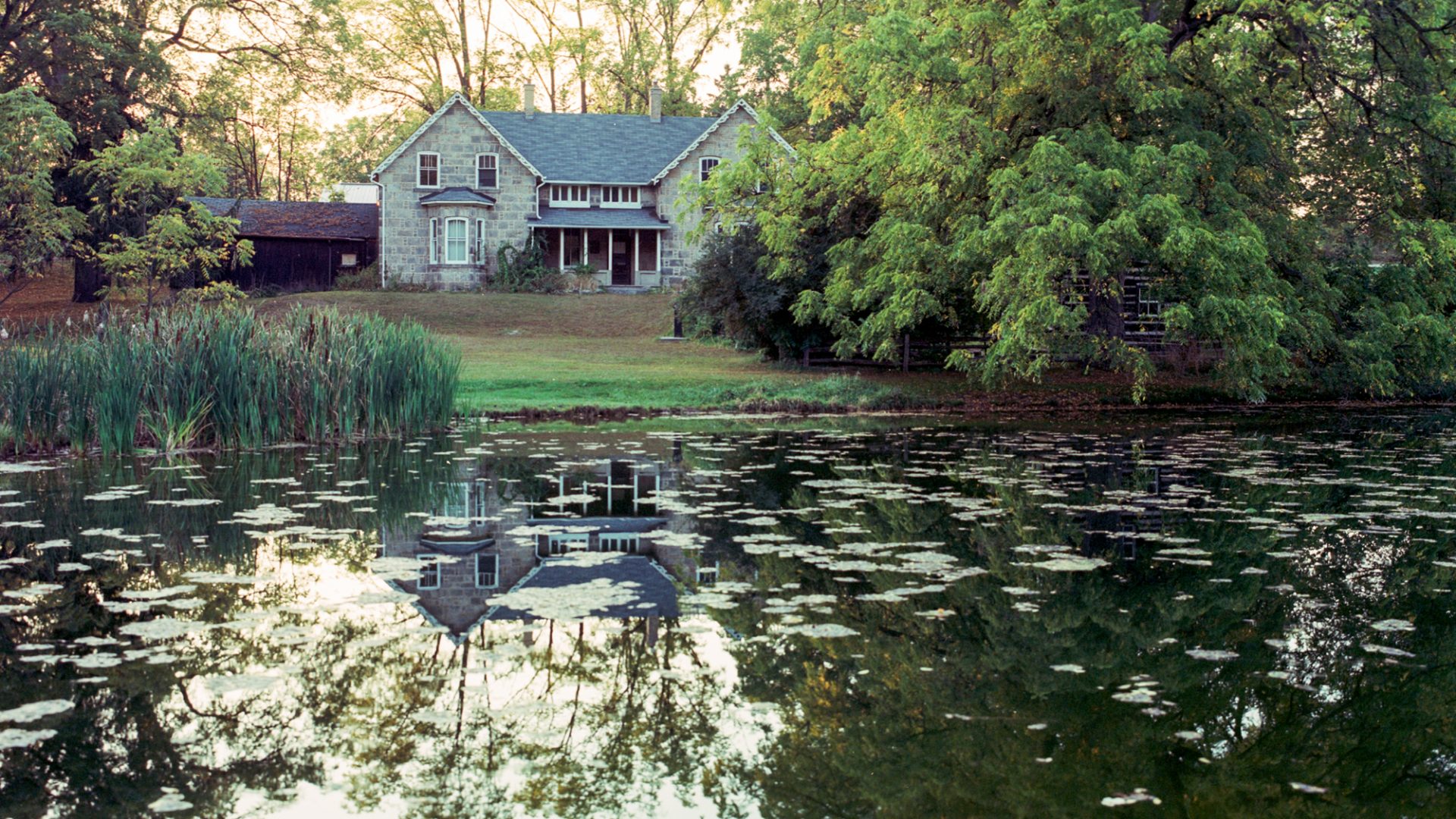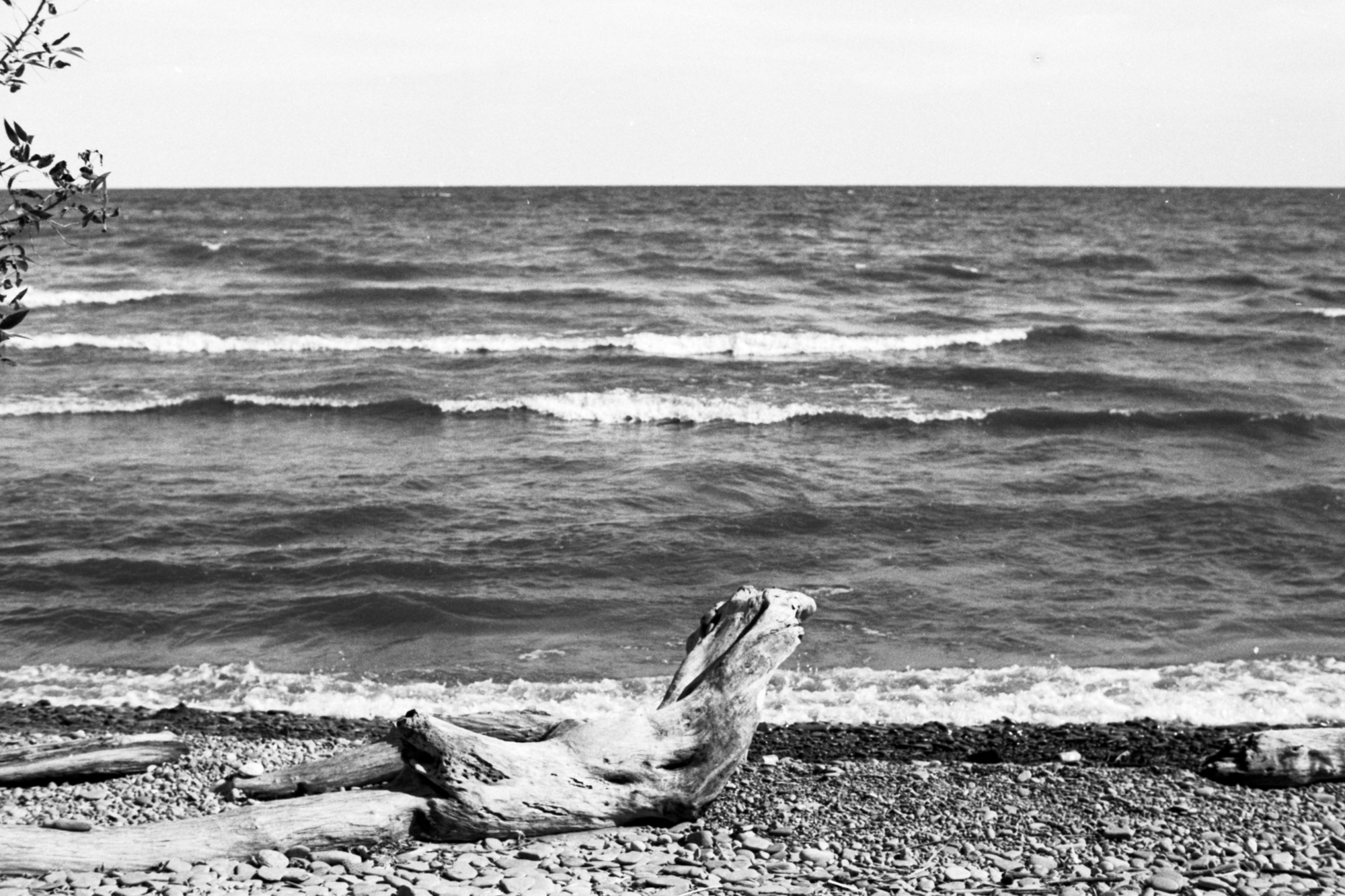A Sense of Nostalgia
There’s something deeply satisfying about loading a roll of classic black-and-white film into a mechanical camera and feeling that solid click of the shutter. It’s a reminder of photography at its most honest — no screens, no automation, just light, time, and chemistry.
Recently, I revisited one of the true cult emulsions of the past: Efke KB 100. I shot a roll through my Nikkormat FTN, fitted with a Nikkor-SC Auto 50mm f/1.4 (AI-converted). The combination of this all-mechanical Nikon and the old-world charm of Efke brought back everything I love about traditional photography — deliberate exposure, tactile control, and the reward of seeing silver tones come alive in the darkroom.
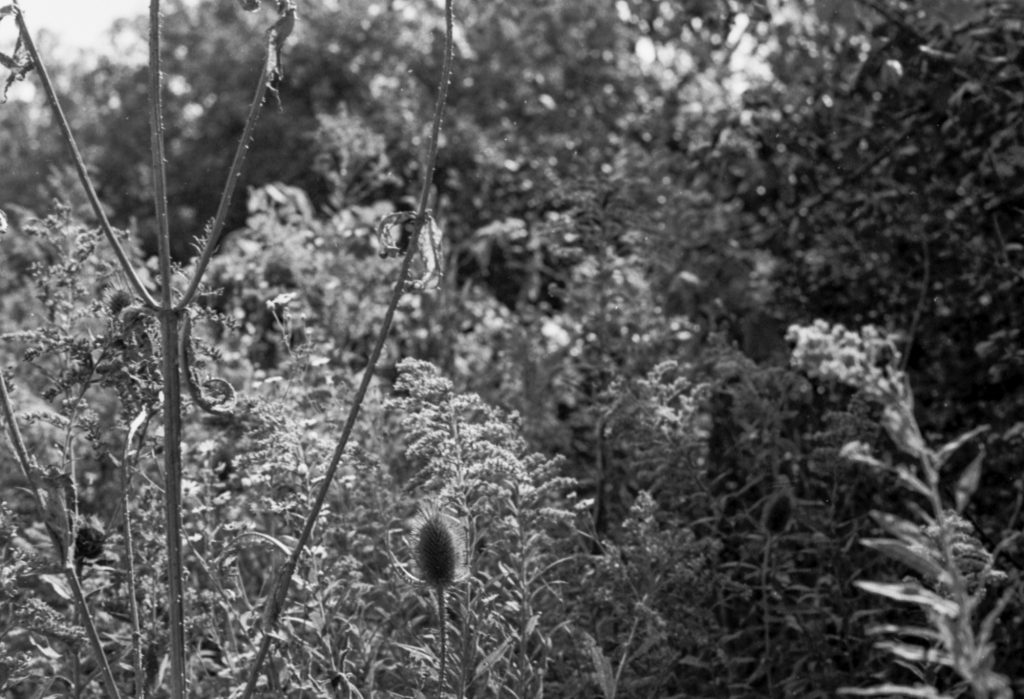
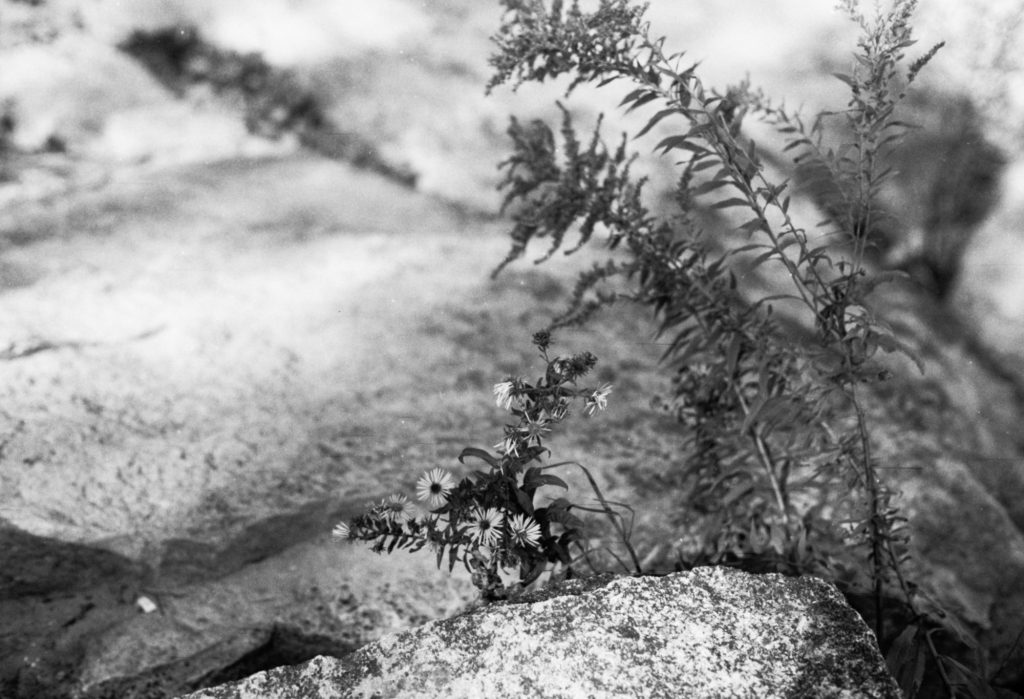
A Brief History of Efke and Fotokemika
Efke films were produced by Fotokemika, a Croatian company based in Samobor, just outside Zagreb. The company began producing black-and-white films after World War II, initially under the Adox license. When Adox moved operations, Fotokemika continued manufacturing films based on those same classic single-layer emulsions — formulas already considered vintage by the 1970s.
That old-world emulsion design gave Efke its unmistakable look:
- Soft, extended tonal gradation
- A long and gentle characteristic curve
- A luminous “silver glow” in the midtones
Sadly, Fotokemika ceased production in 2012, ending the Efke line. Today, shooting it feels like holding a small piece of photographic history. “Efke’s single-layer emulsion gives it a tone and texture modern films can’t quite replicate.”
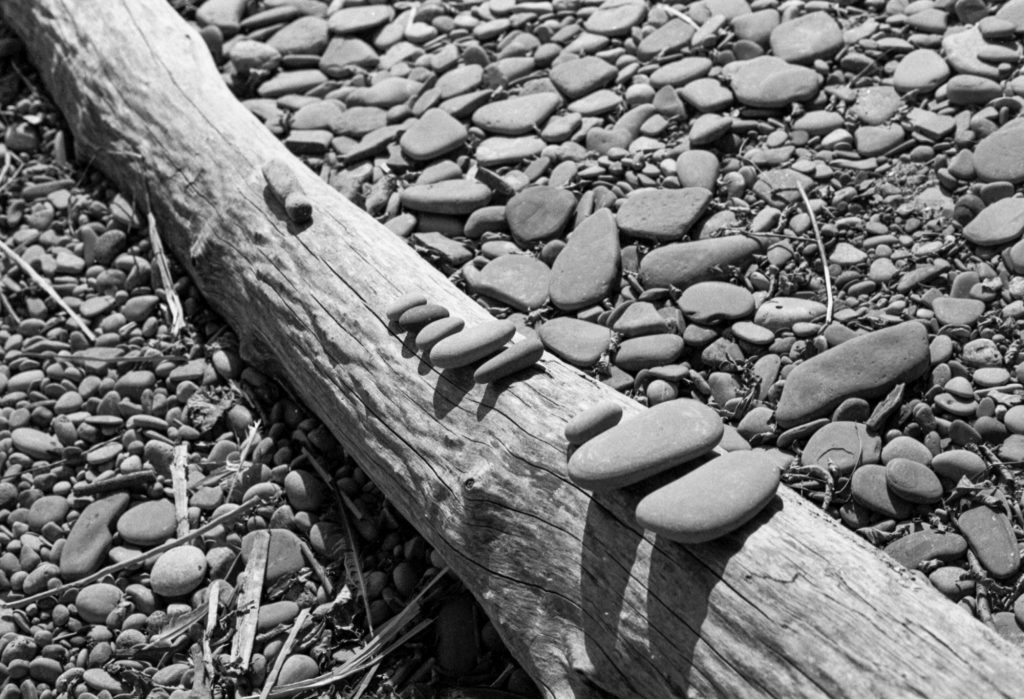
Shooting Efke KB 100 in the Nikkormat FTN
My roll of Efke KB 100 had been cold-stored and remained in excellent condition. I exposed it at box speed (ISO 100) using the Nikkormat FTN’s internal meter — still remarkably accurate after all these years.
The Nikkormat FTN is a photographer’s camera in every sense. With its match-needle metering, fully mechanical shutter, and tank-like build, it demands a deliberate approach. The shutter-speed ring encircling the lens mount may feel unconventional today, but once you get used to it, it’s intuitive and fast.
This camera rewards patience. Each frame becomes a conscious act — composing, metering, and releasing the shutter with confidence. Paired with the Efke’s gentle contrast, the results were timeless and beautifully rendered.
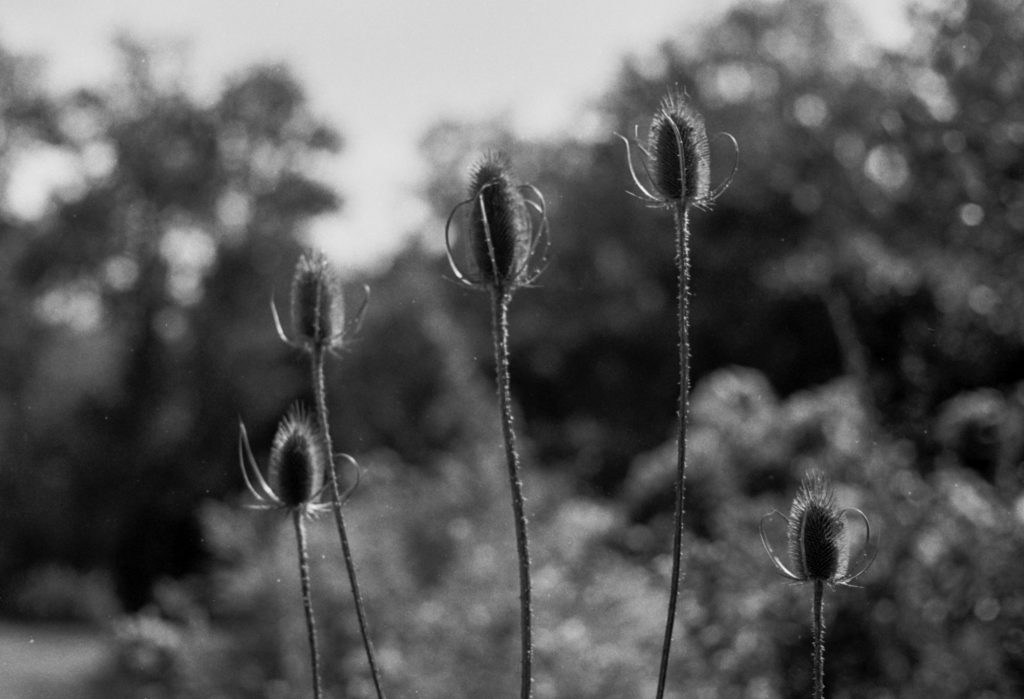
Nikkor-SC Auto 50mm f/1.4 (AI-Converted)
No film review is complete without giving due credit to the glass in front of it. My Nikkor-SC Auto 50mm f/1.4, AI-converted, remains one of Nikon’s optical legends.
This early-1970s lens was designed before clinical sharpness became the goal. Wide open, it exhibits that classic vintage glow and gentle softness that flatters portraits and adds atmosphere. By f/2.8, sharpness snaps into place while retaining smooth transitions and pleasing contrast.
The “SC” designation stands for Super Coated, Nikon’s enhanced multicoating of the era. It handles flare well for its age, though a trace of veiling glow under strong backlight adds to its character. Contrast is moderate — perfect for Efke’s low-contrast emulsion, allowing the two to complement each other rather than compete.
Bokeh is smooth and unobtrusive, with natural falloff that flatters subjects beautifully. The manual focus throw is long and damped to perfection — ideal for precision focusing through the FTN’s bright viewfinder.
Developing Efke KB 100 in Kodak D-76
The film was developed in Kodak D-76, diluted 1+1, for 10 minutes at 20°C. This classic pairing has stood the test of time — D-76 complements Efke’s grain structure beautifully, producing fine, smooth results with a gentle tonal curve.
The negatives emerged with:
- Excellent density
- Fine, even grain
- Smooth midtones and well-held highlights
Efke emulsions are extremely delicate, especially when aged. Avoid aggressive agitation or extended wet times, and use distilled water in the final rinse to minimize damage. I used gentle inversions every 30 seconds, and the film dried cleanly without issue.
Exposure and Shooting Tips for Efke
Efke KB 100 rewards careful technique. It’s not a forgiving film, but it delivers wonderfully subtle tonality when treated right.
Tips for best results:
- Expose for the shadows. Efke loses shadow detail quickly if underexposed.
- Avoid high-contrast scenes unless you want bold, graphic results — highlights can block easily.
- Use a yellow or orange filter for improved tonal separation in skies and foliage.
- Handle with care. The emulsion is soft; load and rewind slowly.

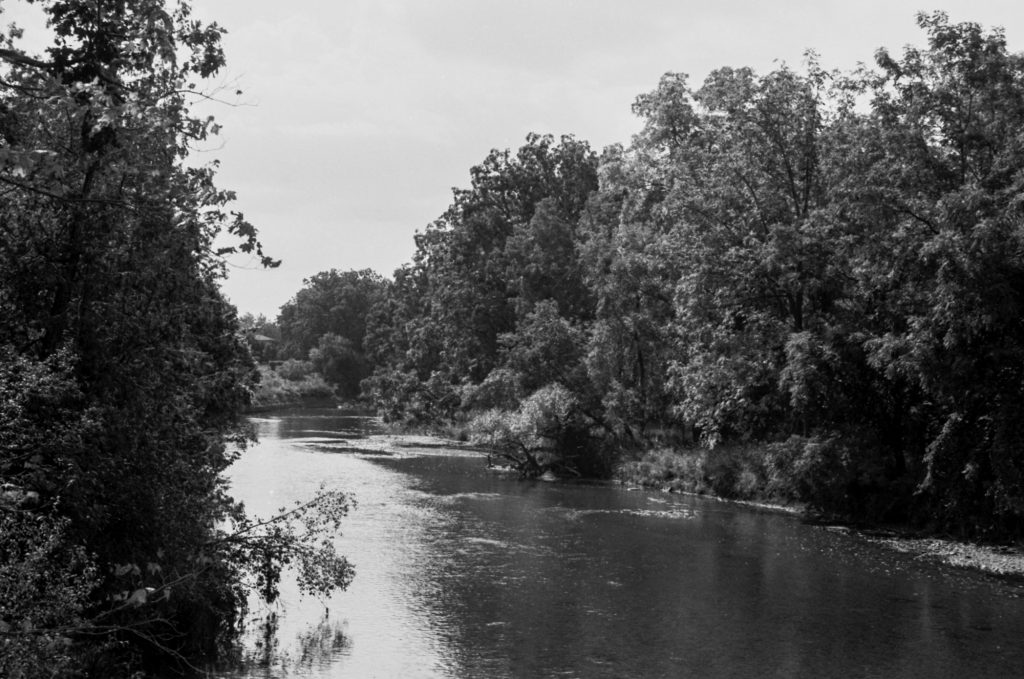
Shooting Expired Efke Film
If you’re lucky enough to find a roll of Efke KB 100 today, treat it with respect. While many surviving rolls are expired, well-stored stock can still perform beautifully.
My roll had been refrigerated and showed minimal fog or degradation. Shooting at box speed (ISO 100) produced excellent negatives, with a subtle, classic grain pattern and full tonal range intact. Efke KB 100 may be gone, but its grace on silver halide remains timeless.
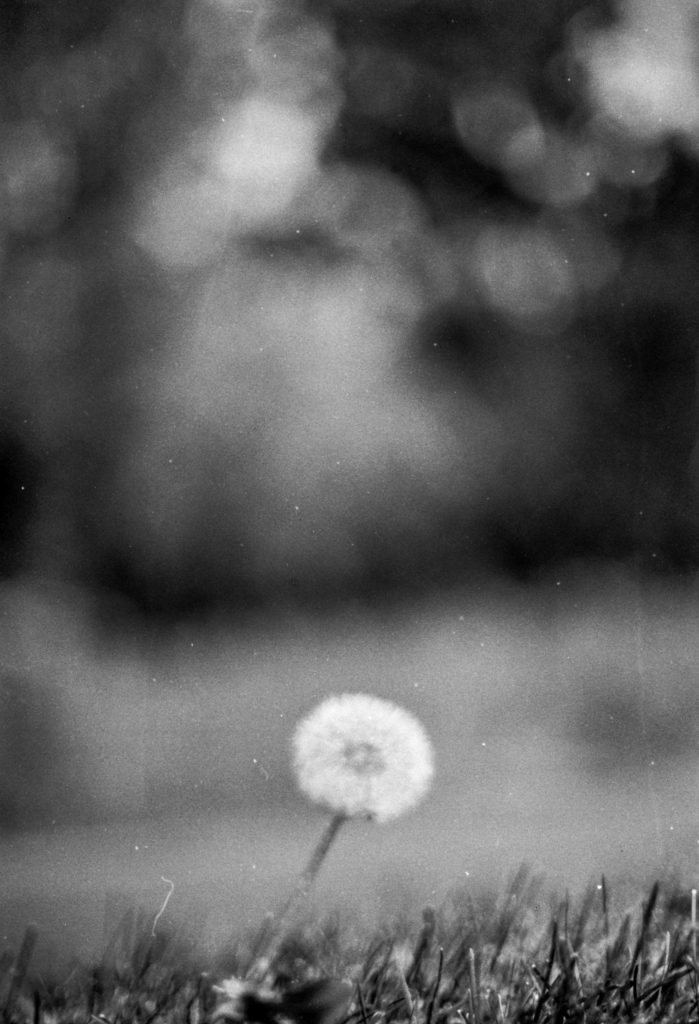
Final Thoughts
Shooting Efke KB 100 with the Nikkormat FTN and Nikkor-SC Auto 50mm f/1.4 reminded me of why I fell in love with photography in the first place. Every frame was intentional — a study in light, tone, and texture.
Efke’s classic look, coupled with the FTN’s tactile precision and the lens’s rich rendering, produced images that feel like they could have been made fifty years ago — and in spirit, they were.
Even though Fotokemika has long since closed its doors, Efke’s legacy lives on through the negatives and prints that photographers like us continue to make. Every roll is a small act of preservation — of craft, chemistry, and care.
Technical Summary
| Specification | Details |
|---|---|
| Camera | Nikkormat FTN |
| Lens | Nikkor-SC Auto 50mm f/1.4 (AI-Converted) |
| Film | Efke KB 100 (expired, cold-stored) |
| Exposure Index | ISO 100 (box speed) |
| Developer | Kodak D-76 (1+1) for 10 minutes @ 20°C |
| Agitation | Gentle inversions every 60 seconds |
| Scanning/Output | Epson XL10000 — minor contrast adjustments |
